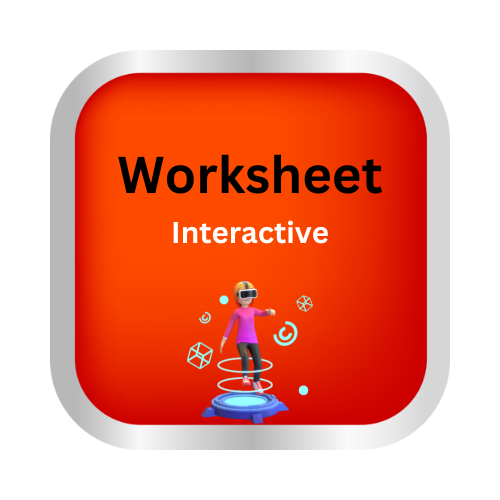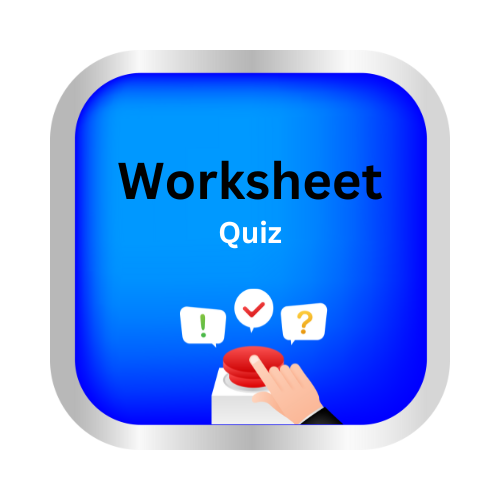Select two-dimensional shapes
Key Notes:
I. Introduction to 2D Shapes:
- What are 2D Shapes?
- They are flat shapes.
- They only have length and width (no thickness).
- You can draw them on a piece of paper.
- Common 2D Shapes to Know:
- Circle: Round, no corners, no straight sides.
- Triangle: Three straight sides, three corners (vertices).
- Square: Four straight sides that are all the same length, four corners (vertices).
- Rectangle: Four straight sides, opposite sides are the same length, four corners (vertices).
- Pentagon: Five straight sides, five corners (vertices).
- Hexagon: Six straight sides, six corners (vertices).
II. Identifying and Describing Shapes:
- Looking at Sides:
- Count the number of straight sides a shape has. This helps identify it.
- Are the sides all the same length? (Important for squares and sometimes triangles).
- Looking at Corners (Vertices):
- Count the number of corners where the sides meet.
- The number of corners is the same as the number of sides in simple closed shapes.
- Distinguishing Between Shapes:
- Circle vs. Other Shapes: The circle is the only one with no straight sides or corners.
- Square vs. Rectangle: Both have four sides and four corners, but a square has all equal sides, while a rectangle has only opposite sides equal.
- Triangles: Can have different side lengths and angles, but always have three sides and three corners.
III. Activities for Learning:
- Sorting Shapes: Give students a collection of 2D shapes (cut out of paper or plastic) and ask them to sort them into groups based on their name, number of sides, or number of corners.
- Shape Hunts: Ask students to find examples of 2D shapes in the classroom or around the school (e.g., a clock is a circle, a book cover is a rectangle).
- Drawing Shapes: Have students practice drawing the different 2D shapes.
- Building Shapes: Use sticks or straws to build the outlines of different 2D shapes.
- Shape Puzzles: Use tangrams or other shape puzzles to help students recognize and combine shapes.
- Worksheets: Provide worksheets where students can match shapes to their names, count sides and corners, and identify different shapes.
IV. Key Vocabulary:
- Shape
- Two-dimensional (2D)
- Flat
- Side
- Corner (Vertex/Vertices)
- Circle
- Triangle
- Square
- Rectangle
- Pentagon
- Hexagon
- Same
- Different
V. Learning Objectives :
Students should be able to recognize 2D shapes in their environment.
Students should be able to name and identify common 2D shapes (circle, triangle, square, rectangle, pentagon, hexagon).
Students should be able to describe 2D shapes by the number of their sides and corners.
Students should be able to compare and contrast different 2D shapes.
Students should be able to sort 2D shapes based on their attributes.
Learn with example
Select all the squares.

Look at the shapes one by one to find the squares.
This shape is completely round. It has no angles.

It is not a square. This shape is a circle.
This shape has 3 sides and 3 vertices.

It is not a square. This shape is a triangle.
This shape has 3 sides and 3 vertices.

It is not a square. This shape is a triangle.
This shape has 4 equal sides and 4 right angles.

It is a square.
Select all the circles ?

Look at the shapes one by one to find the circles.
This shape is not round. It has 4 equal sides and 4 right angles.

This shape is not a circle. It is a square.
This shape is completely round. It has no vertices.

This shape is a circle.
This shape is completely round. It has no vertices.

This shape is a circle.
This shape is not round. It has 3 sides and 3 vertices.

This shape is not a circle. It is a triangle.
let’s practice! 🖊️

